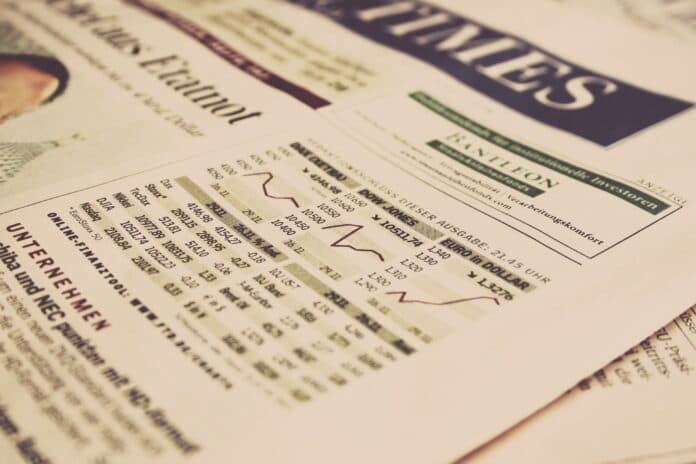The ABS confirmed Australia’s first recession since 1990 after recording two consecutive quarters of economic decline.
After being hammered by the pandemic, bushfires and drought, Australia’s GDP plunged by 7 per cent in the April-June quarter. This follows a 0.3 per cent fall in the previous quarter.
The 7 per cent fall is also the largest decline in Australian history. It is more than 3 times worse than our previous biggest slump of 2 per cent in June 1974.
Related: RBA cuts cash rate to new record low
This recession is far deeper than any other previous economic contraction.
In the “recession we had to have” in 1990, the economy shrank by 1.3 per cent and 0.1 per cent. During the 2008 GFC, Australia avoided a recession all together.
How has this affected consumer spending?
Large declines in spending have been prompted by rising unemployment and dwindling wage growth.
Dr Brendan Rynne, Chief Economist at KPMG, noted the huge impact that the recession has had on employment.
“During this quarter many Australians saw their jobs evaporate or their hours worked fall, resulting in lower income and increased uncertainty. You can see this detailed in the national accounts: hours worked fell by about 10 per cent, wages income for employees fell 2.5 per cent, and real net disposable income per capita fell 8 per cent.”
Spending on services, such as transport, operation of vehicles and hotels, cafes and restaurants, fell by 17.6 per cent.
The ABS also reported a 12.1 per cent fall in household final consumption expenditure.
“The June quarter saw a significant contraction in household spending on services as households altered their behaviour and restrictions were put in place to contain the spread of the coronavirus,” said Head of National Accounts at the ABS, Michael Smedes.
Related: Australian SMEs concerned about impending recession
However much of the pandemic’s damage has been buffered by government support.
The government’s COVID-19 subsidies payments reached $55.5 bn this year, with $31 bn coming from Jobkeeper alone. This has allowed company profits to rise by 14.9 per cent.
“The nation also accounts the strong influence of JobKeeper on the economy during this period. The government’s COVID-19 wage subsidy program, combined with its business support package (Boosting Cash Flow for Employers), has seen gross surplus of corporations and payments to business owners increase by 11 per cent and 22 per cent respectively over the quarter,” said Dr Rynne.
What will Australia look like in the coming months?
Gareth Aird, Head of Australian Economics at CommBank, noted that the data showed an uncharacteristic growth in household savings.
“What I thought was really interesting in the data was the huge disparity between household income and expenditure.
“We’ve never seen a disparity like this before. In any other normal economic downturn you don’t see households increase savings at the rate that they have.
The household savings rate spiked at 19.8 per cent, its highest level since 1974.
Mr Aird expressed that the disparity between household income and expenditure may be a positive signal for businesses.
“What that huge disparity in expenditure and income shows is that there’s a huge amount of savings being built up. So effectively, the difference between income (much of which is supported by the government) and spending was $42 billion over Q2, which is a bit over 2 per cent of GDP.
“If we get a similar outcome in Q3, the household sector will build up savings of over 4 per cent of GDP, which is an incredible amount of money. That means when the economy is open again and households can get out there and businesses are open, there’s a huge war chest that households can use to spend in the future.”
Related: Australia’s recession: How will the economy bounce back?
Looking ahead, CBA Economics predicts a “small contraction in Q3”.
“We estimate that the lockdown in Victoria will have a sufficiently big negative impact on the national economy to see output contract. We therefore think that the ‘economic recovery’ is very much a story for Q4 20, albeit most states in Australia are currently in the recovery phase. The Australian economy has the capacity to rebound quite quickly with the right policy settings and most importantly no further outbreaks of COVID‑19 that result in the reimposition of restrictions.”
For more information, the ABS will be publishing a paper ‘A series of unprecedented events – the June quarter 2020’ on 14 September.
Keep up to date with our stories on LinkedIn, Twitter, Facebook and Instagram.

